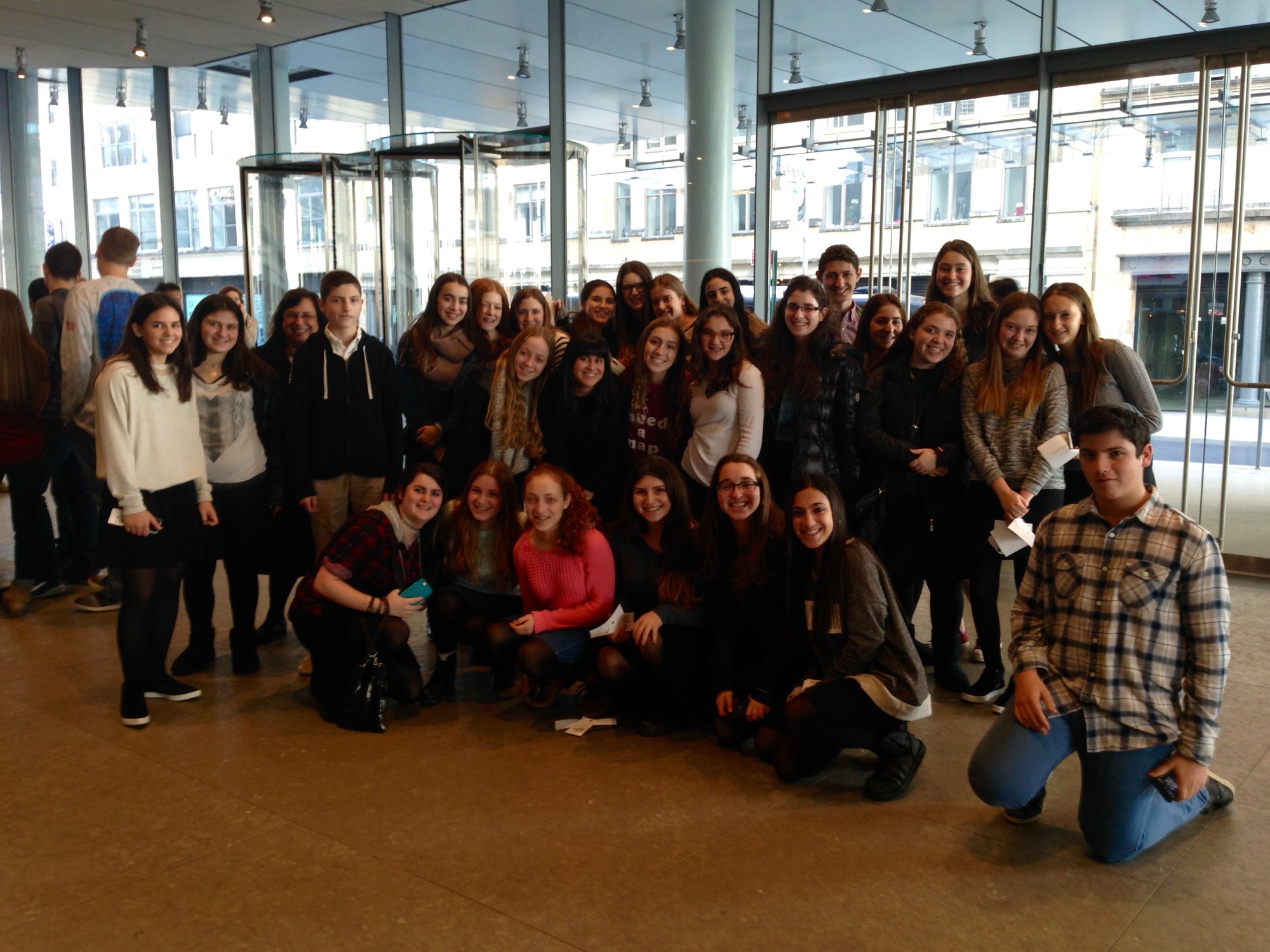Trafficking in new perspectives on art
At the Hebrew Academy of the Five Towns and Rockaway (HAFTR) High School, several focus-study programs are available to students.
One of them is the Art Institute, which is a prestigious elective program overseen by Dale Malekoff. To gain acceptance, students are required to draw and shade a still life. The assessment can be done at the end of eighth or ninth grade. The program is structured to allow students to learn to work with different media each year.
Freshman year, students work with clay. They knead and shape the clay and then paint it once it has been fired in the kiln. The second year is called Studio Art I. Students work with pencil, charcoal, marker, pastel and other dry media. The third year, Studio Art II, is painting; students learn to work with acrylic, tempera, watercolor and oil paints. Senior year, there are two options, Portfolio Development and Advanced Placement Studio Art.
Every year Malekoff organizes an educational trip to an art museum. Art Institute students visited the Whitney Museum of American Art in Manhattan on Dec. 16. The Whitney opened at its new location at 99 Gansevoort St. in the West Village on May. From 1966 to 2014, the museum was at 945 Madison Ave. at East 75th St.
At the museum, the upper and lower classmen separated and each group evaluated and analyzed four pieces of art from American artists.
Light is an important tool that the artist can employ. Light can represent hope, darkness can represent despair. The length of shadows indicate the time of day, which can then symbolize many other emotions or state of mind. The color tones that the artist used in the scene have a similar effect to that of light.
A person should not only look at what is depicted in the artwork, but the time and situation with which it was created. Many times, an artist creates pieces to comment on the way of life or the collective mind of society in the specific era. Once a person considers all of the different aspects of the work, he can truly appreciate it.
Thank you to Mrs. Malekoff for escorting us to such an amazing museum; we hope to incorporate what we learned into our artistic endeavors. Next year, I hope to have the same high quality educational experience without the three hours of traffic.









